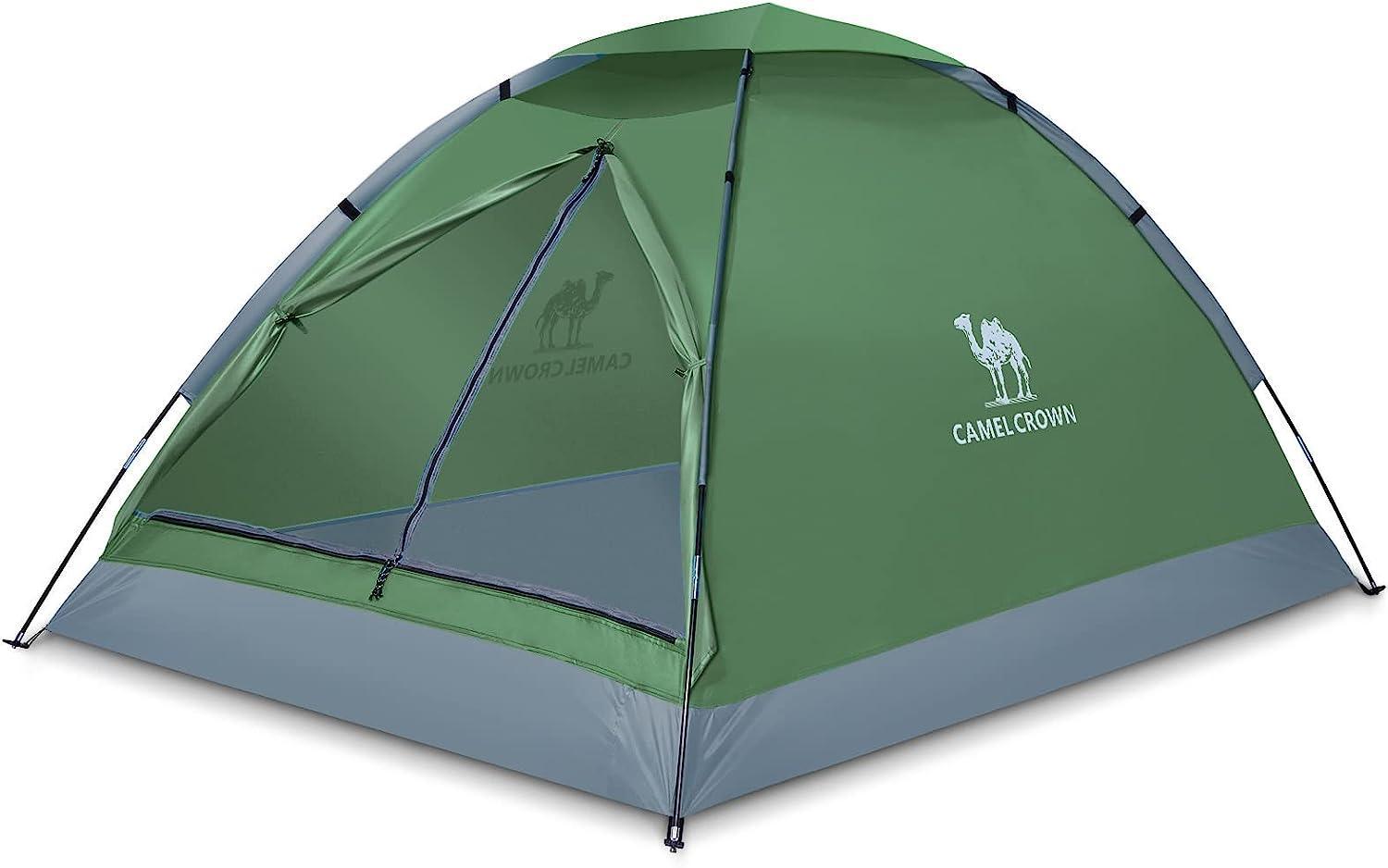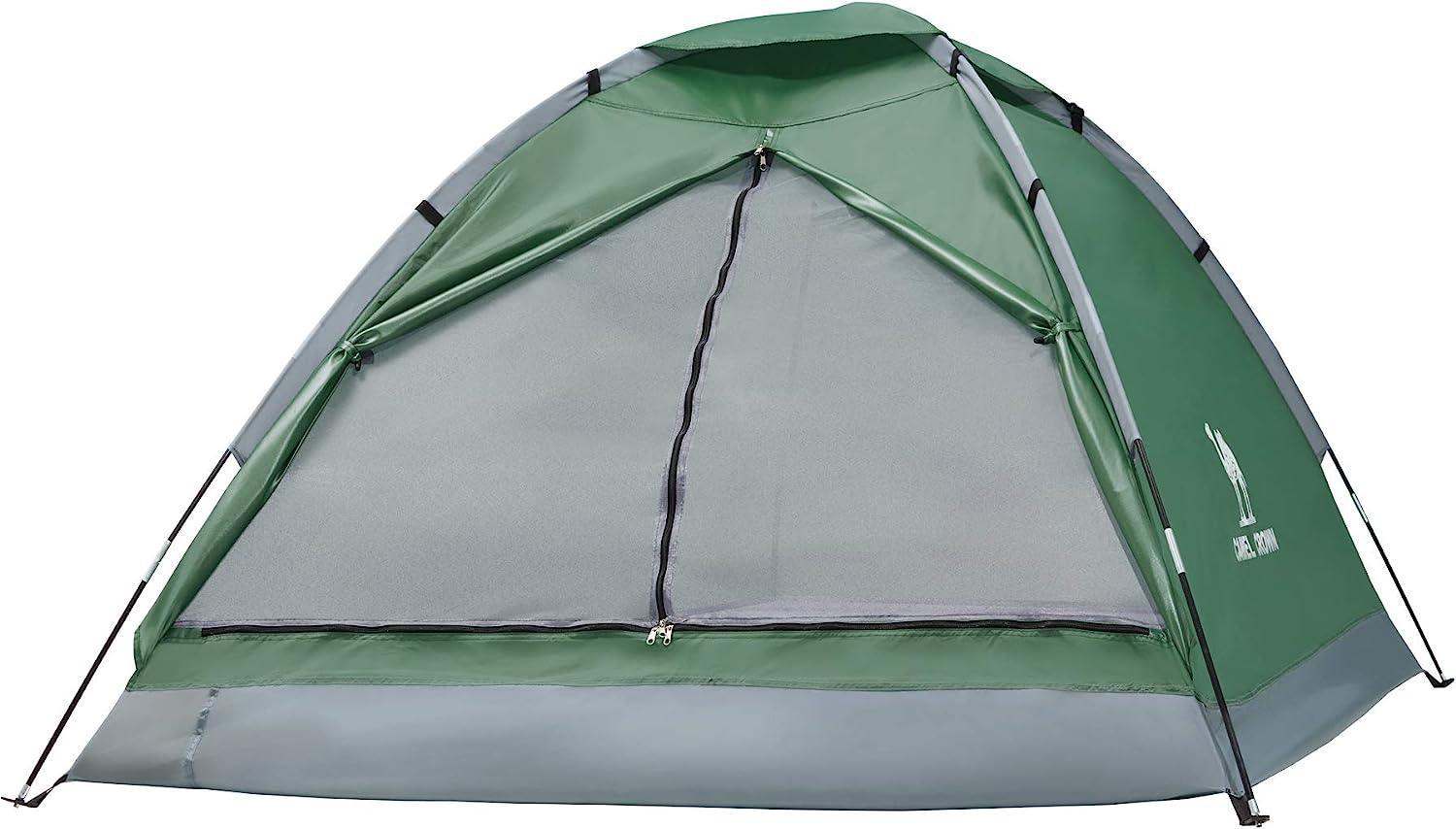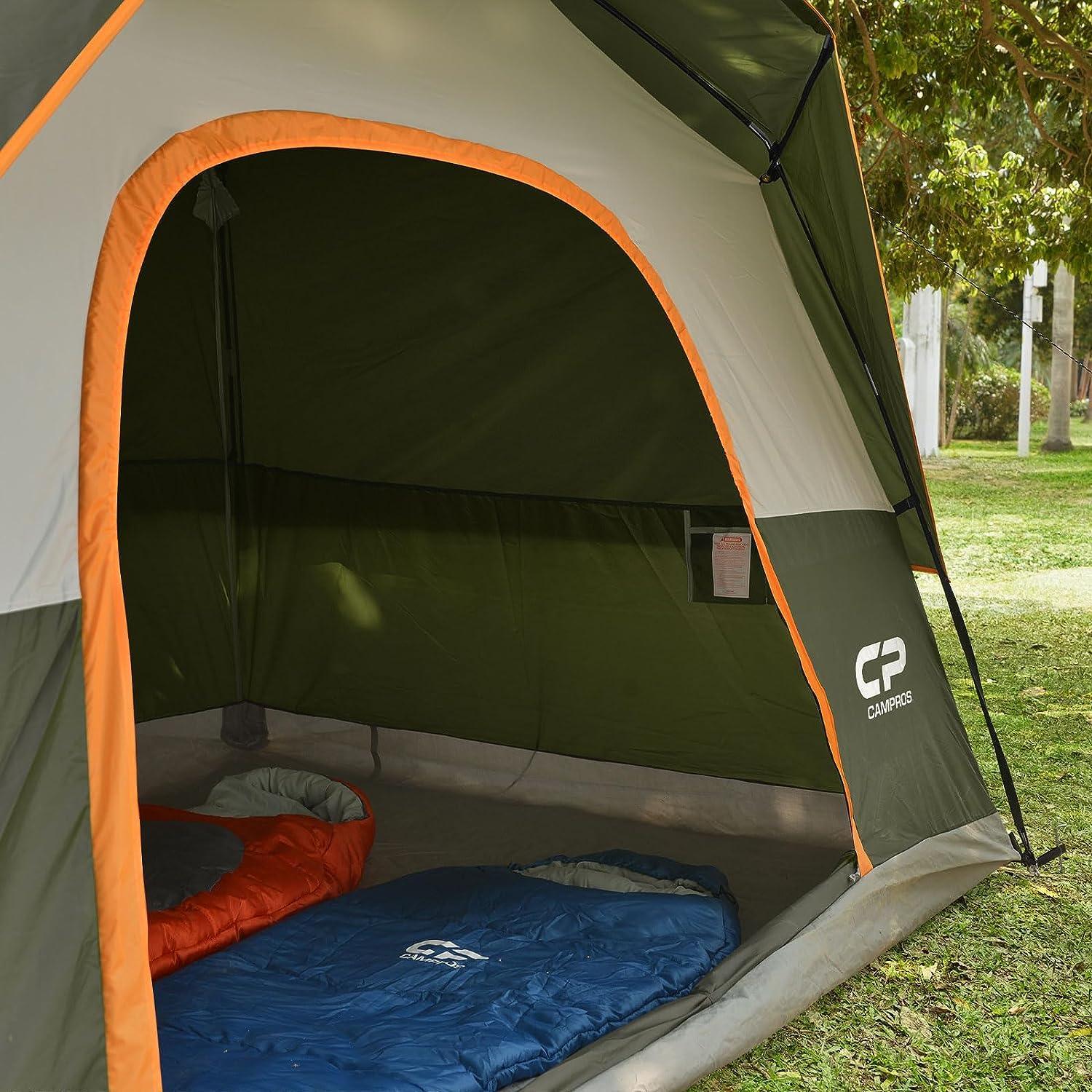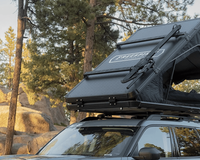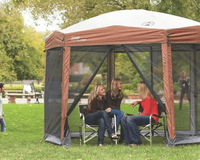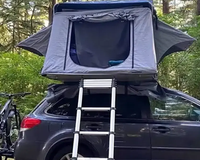Winter camping can be a breathtaking and serene experience, but it comes with its own set of challenges, especially when it comes to staying warm and comfortable in the freezing temperatures. One of the most crucial aspects of winter camping is ensuring that your tent is properly insulated. In this blog, we'll explore seven effective methods to insulate your tent and keep the cold at bay, so you can enjoy your winter adventures to the fullest. Read on to explore more!

What Is Tent Insulation and Is It Necessary?

Tent insulation refers to the process of adding materials or techniques to a tent to reduce heat loss and increase its ability to retain warmth. While it is not a standard feature in most tents, it can be a crucial aspect, especially for certain camping scenarios, like winter camping or camping in cold and windy environments.
Is tent insulation necessary? The necessity of tent insulation depends on the camping conditions and the time of year. In some situations, tent insulation can be highly beneficial, while in others, it may not be as crucial. Here are some scenarios where tent insulation is essential:
- Winter Camping: In colder temperatures, tent insulation becomes vital to retain body heat and stay warm during the night. Without proper insulation, the tent can become cold and uncomfortable, potentially leading to hypothermia or discomfort.
- Cold and Windy Conditions: Even outside of winter, camping in cold and windy environments can cause heat loss through the tent's walls and floor. Insulation helps create a barrier against the cold air, making the camping experience more comfortable.
- Extreme Temperatures: If you're camping in extremely cold or hot climates, insulation can help regulate the temperature inside the tent, making it more bearable.
- Higher Altitudes: Camping at higher altitudes often means dealing with colder temperatures, and insulation becomes more critical in these situations.
However, in milder and moderate climates during the rest of the year, tent insulation may not be as necessary. Regular three-season tents are usually sufficient for such conditions.
7 Ways to Insulate a Tent in Cold Weather

Now that we have known that tent insulation is crucial for maintaining a comfortable temperature inside your shelter, and enhancing your overall camping experience, in this section, we will explore seven effective ways of insulating a tent during chilly adventures.
1. Choose the Right Tent
Before delving into insulation techniques, selecting the right insulated tents for winter camping is essential. Invest in a double-walled tent specifically designed for winter camping. Double-walled tents have an additional layer of protection, with an inner breathable tent and an outer rainfly. The air trapped between these layers acts as an insulating barrier, helping to maintain a warmer interior by reducing heat loss to the outside.
2. Insulate the Tent Roof
Much of the heat loss occurs through the tent's roof. To combat this, drape an additional layer of blankets or insulated tarps over the tent's roof. This layer will provide extra protection against the cold and help maintain a comfortable temperature inside the tent.
3. Use a Tent Footprint
A tent footprint is a great insulation for tent, which serves as an additional layer of protection between the ground and your tent's floor. It not only protects your tent from moisture but also provides an extra insulating barrier. Choose a footprint made of durable and water-resistant material that fits your tent's dimensions perfectly.
4. Insulate the Ground
The cold ground beneath your tent can sap away body heat, making insulation crucial. Start by clearing any snow or debris from the ground, then use closed-cell foam sleeping pads or insulated air mattresses. These pads provide an effective barrier against the cold ground, preventing heat loss and providing much-needed comfort during winter nights.
5. Seal Tent Gaps
To prevent drafts and cold air from seeping into your tent, make sure to seal any gaps or openings. Use weatherproof tape or adhesive to seal the seams of your tent and the zippers. Additionally, consider using draft stoppers or rolled-up clothing to block any spaces around the tent's entrance.
6. Create a DIY Insulation Layer
To further enhance insulation, you can create a DIY insulation layer within your tent. Hang thermal blankets or space blankets on the inner walls of the tent, securing them with clips or strings. These blankets will help trap and reflect body heat, significantly increasing the tent's warmth.
7. Dress for the Occasion
Properly insulating your tent is crucial, but so is dressing warmly for winter camping. Wear insulated, moisture-wicking layers to regulate body temperature and prevent excessive sweating. Avoid cotton clothing, as it retains moisture and can make you feel colder. Instead, opt for wool or synthetic materials that keep you warm even when damp.
Final Thoughts
Ensuring your tent is adequately insulated is essential for enjoying your camping trips in colder weather. With the right techniques and equipment, you can create a warm and cozy space inside your tent, making chilly nights a thing of the past. Remember to invest in a well-insulated tent, use additional blankets and sleeping pads, seal any gaps, and choose the right campsite to maximize your tent's insulation capabilities.

